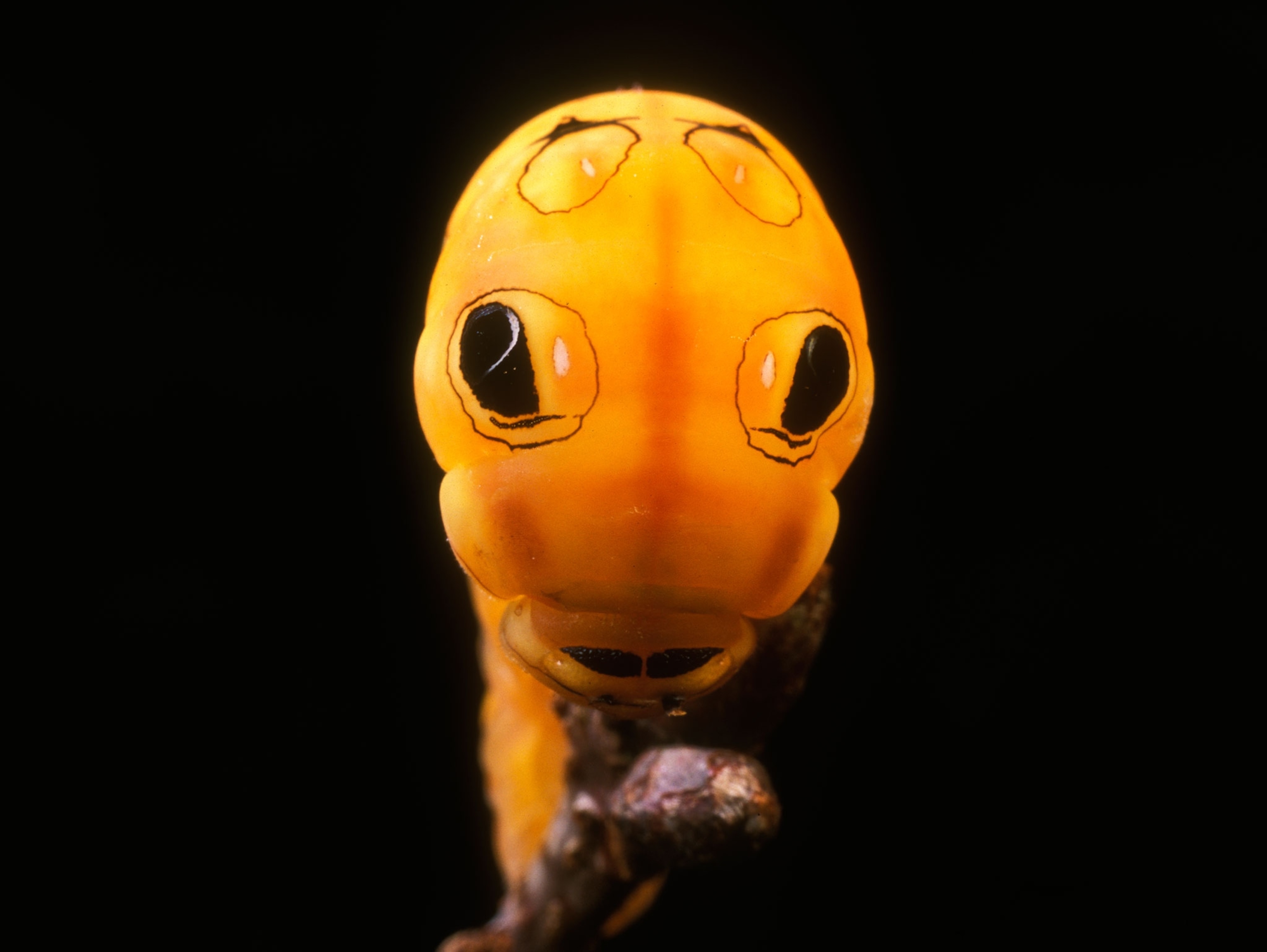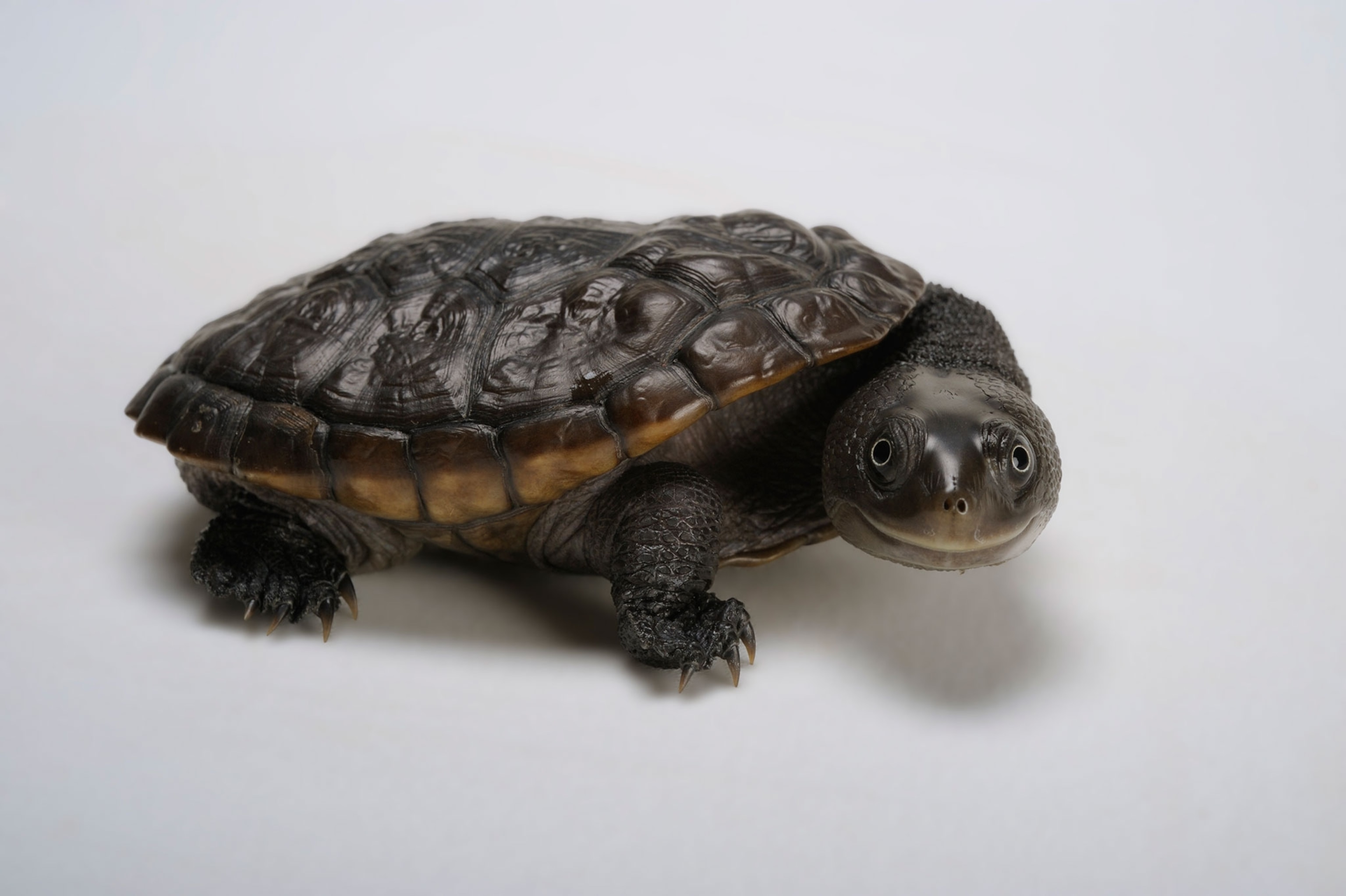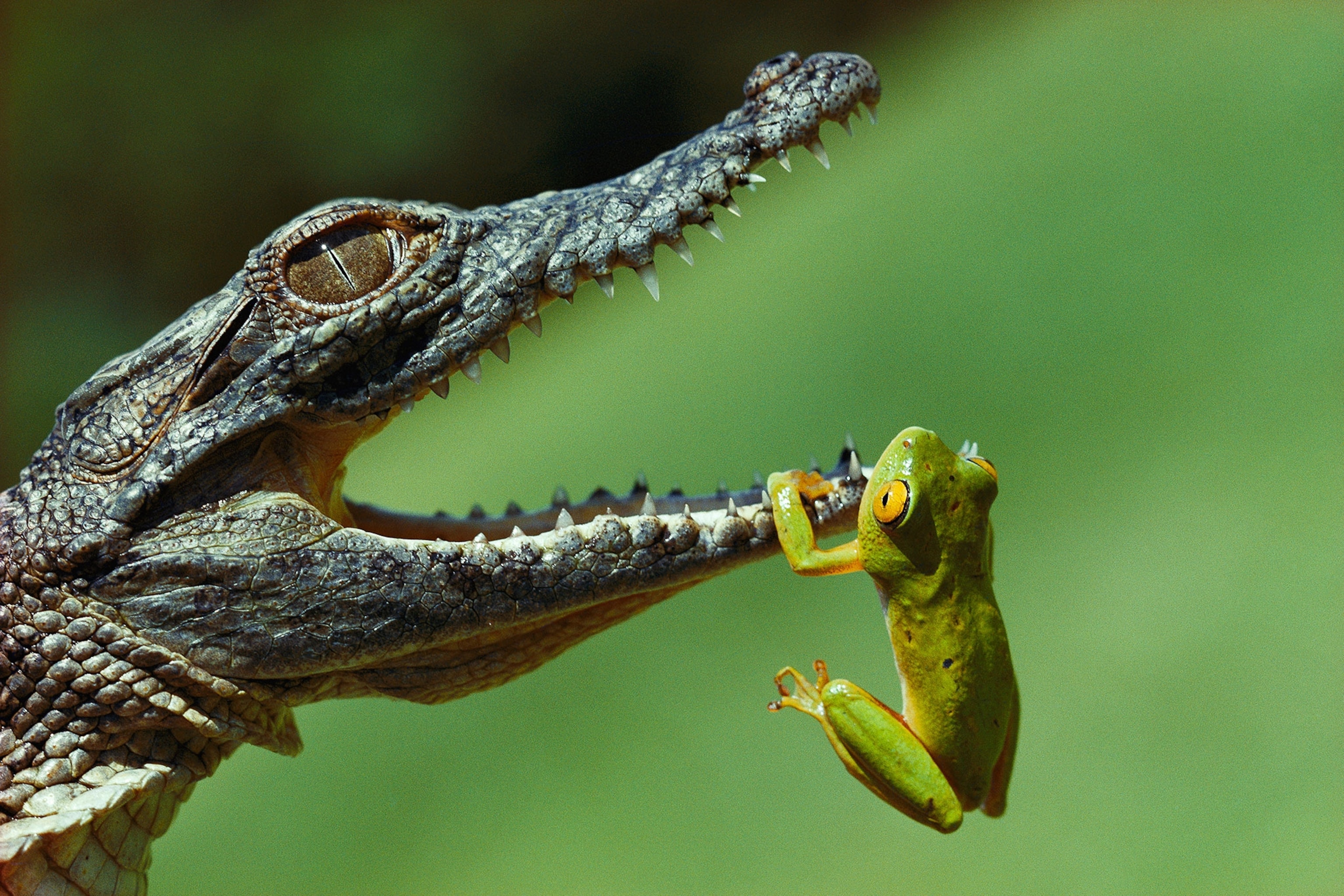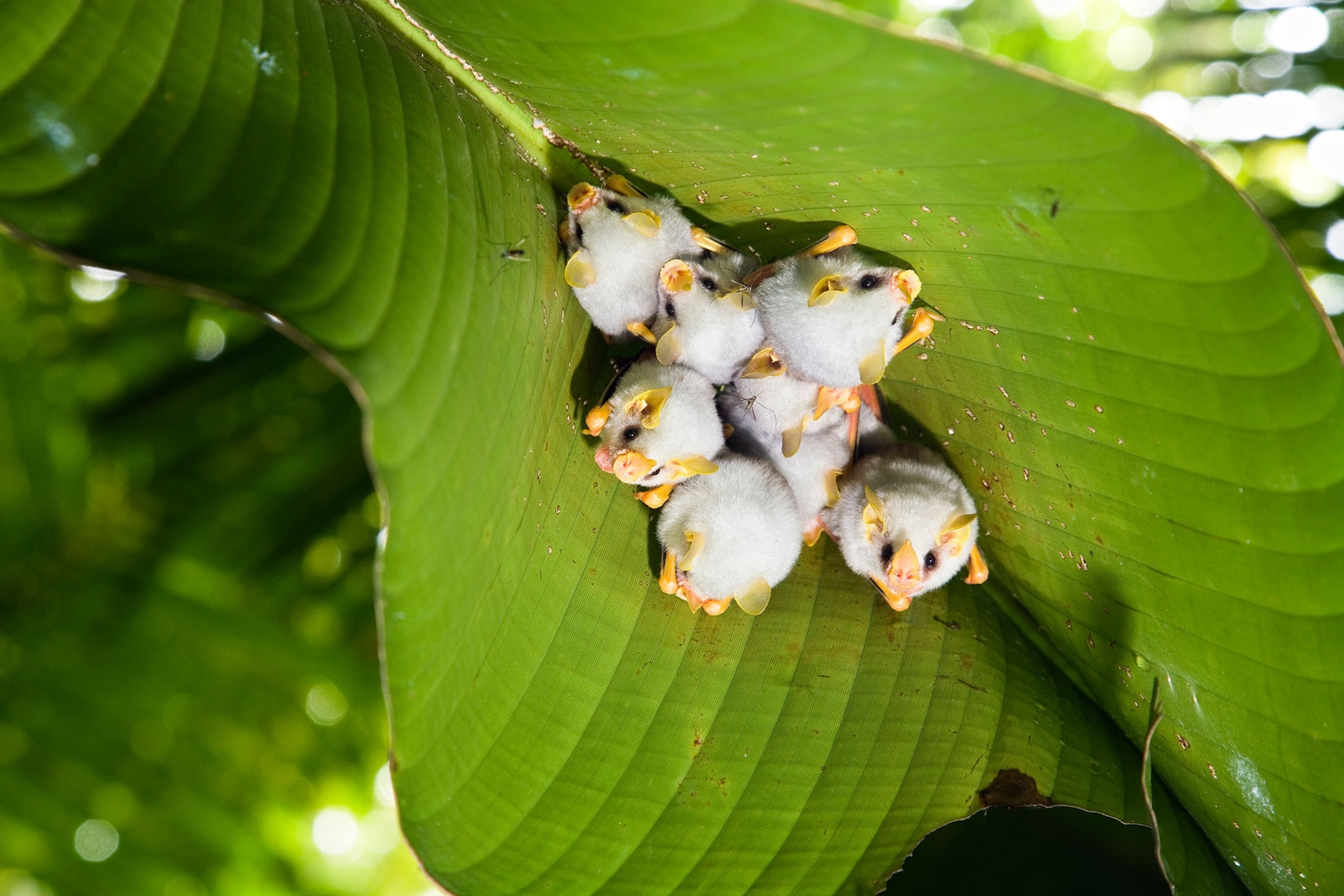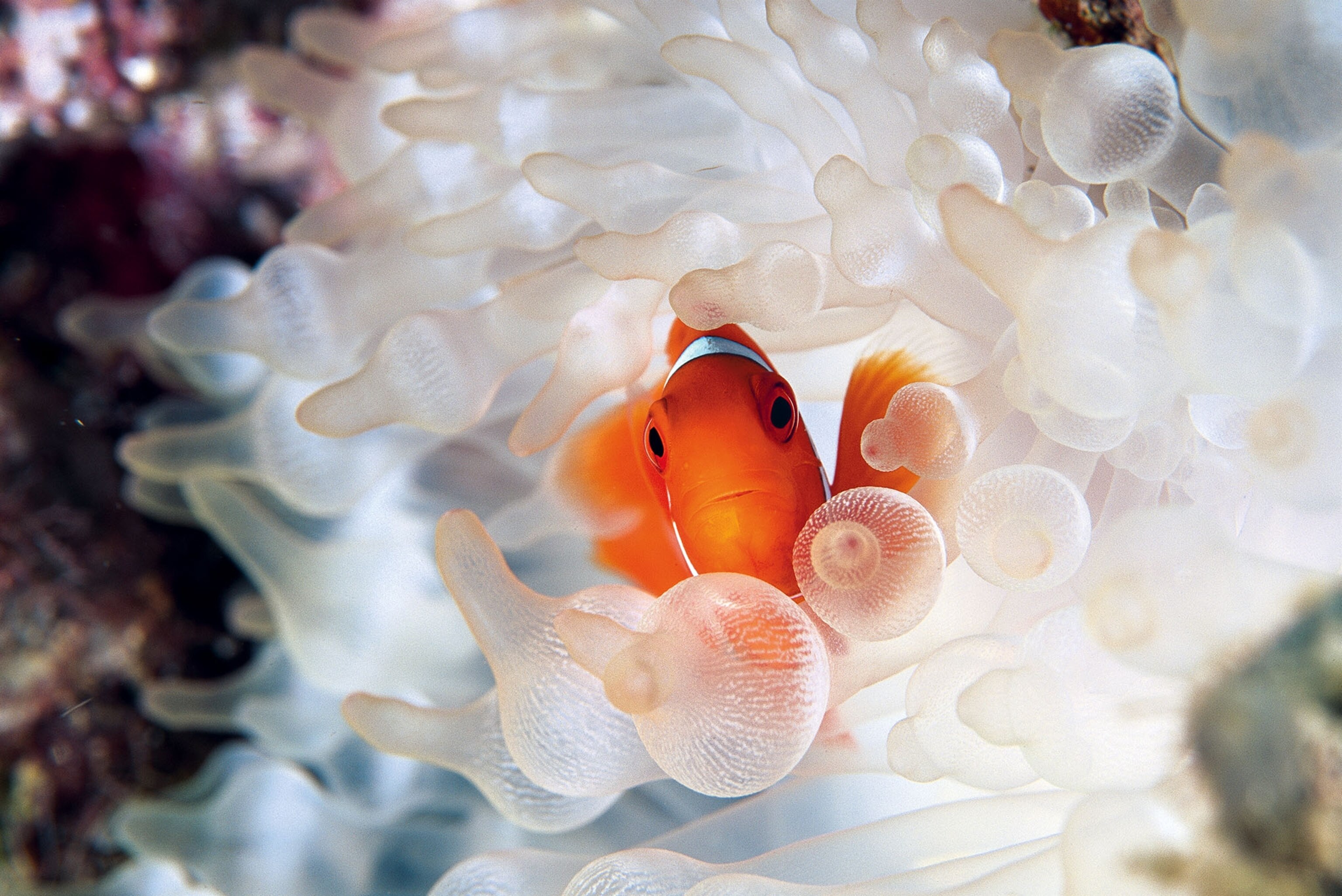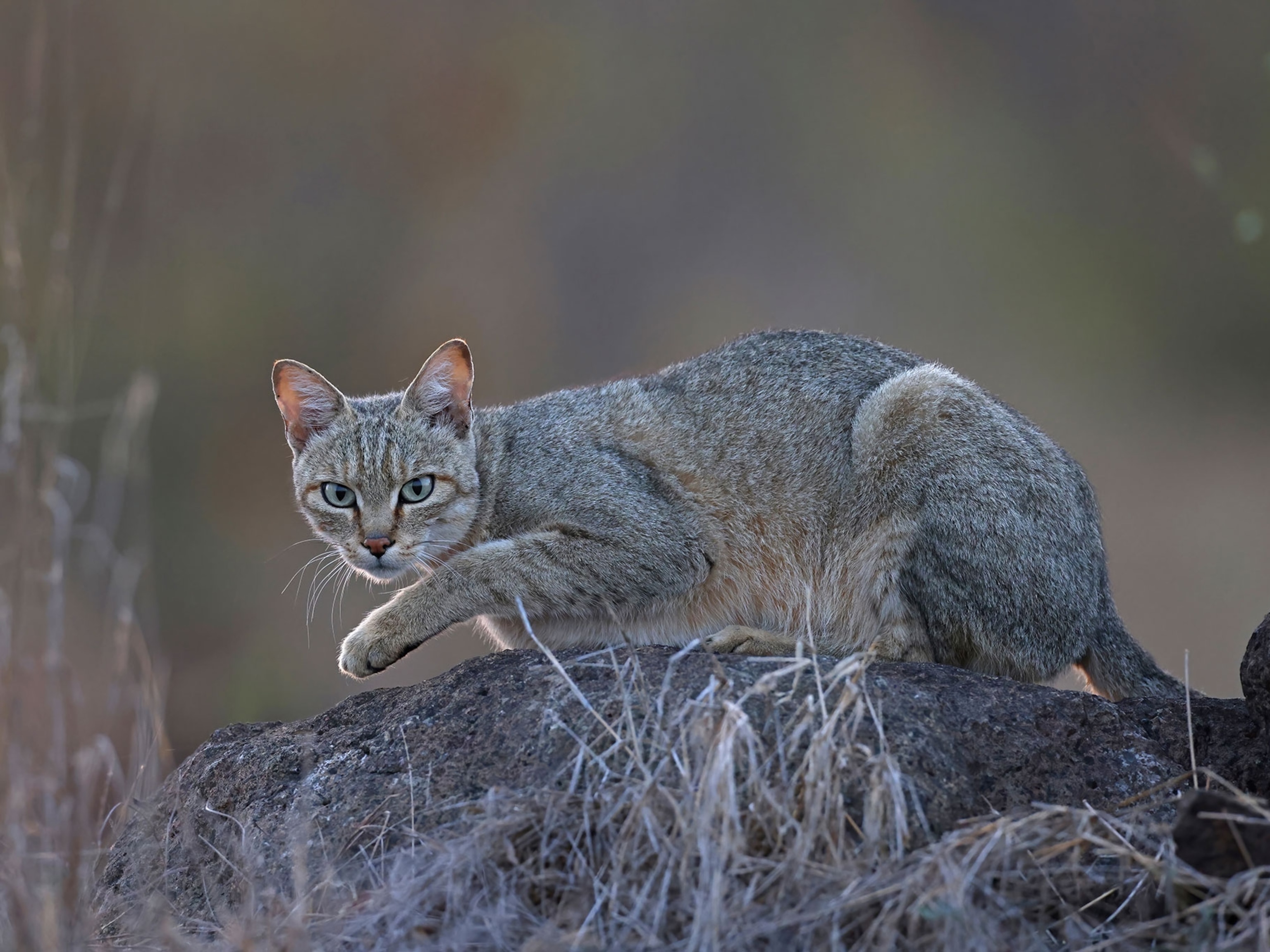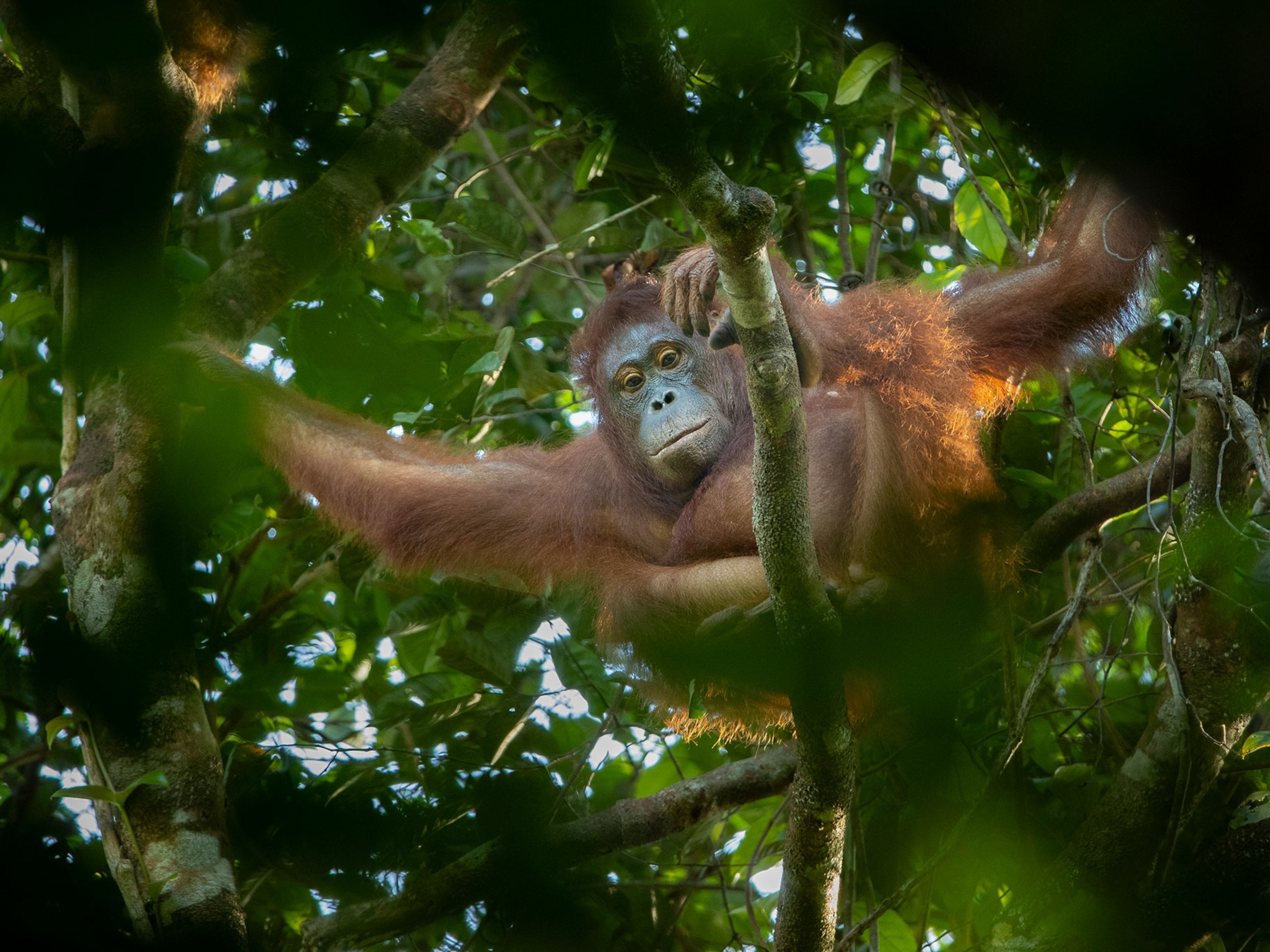
These animals have the biggest, weirdest cheek pouches
Cheek pouches are the go-to accessory for animals that need to carry food on the run.
With seasonal travel gearing up, we’re a bit jealous of animals that have cheek pouches, aka built-in luggage.
We’ve been wondering which animals have cheek pouches, and how do they work?
Cheeky animals
Cheek pouches are expandable pockets inside the mouth that start at the cheek and can extend across the shoulders, as they do in hamsters, or down the sides of the neck, as they do in monkeys. Most animals use their cheek pouches like grocery bags: If a predator shows up, they can escape with both their life and their lunch.
Hamster cheek pouches are extremely elastic, expanding to nearly triple their size, an adaptation that has to do with the cold climate and harsh terrain they live in, making food storage improtant. Their elasticity and the fact that they have their own blood vessels are among the traits that make them popular for research on transplants and microcirculation, says La'Toya Latney of the University of Pennsylvania’s School of Veterinary Medicine.
Platypus
Australia’s platypuses carry a surprising load in their pouches. Platypuses feed on worms, snails, and shellfish on the river bottom, scooping them into their cheek pouches along with some gravel.

The gravel is a natural blender, mashing the food for the toothless platypus, who consumes his to-go meal at the water’s surface.
Hamsters, chipmunks, and squirrels
Many rodents have cheek pouches, and hamsters’ get impressively big for such a tiny animal, expanding “across the shoulder blades” when full, Latney says.
“For a Syrian hamster, a larger species, I've had entire baby carrots disappear into the cheek pouch,” Latney says.

Hamsters will also carry bedding materials and, “if disturbed, may transport their young in them to another location,” says Ed Spevak, curator of invertebrates at the St. Louis Zoo.
And if you thought all squirrels had them, not quite. Only ground squirrels have cheek pouches, including chipmunks, marmots and prairie dogs.
Chipmunks can transport grocery orders as large as themselves in their oversized face luggage. That’s helpful, since they need their forelegs to run from predators. Although when they do, Spevak says, it’s like running “with a fanny pack around your mouth.”
Pocket Gopher
Pocket gophers are rebels: Not only are their teeth on the outside of their mouth—all the better for digging without getting a mouthful of dirt—but they also keep the pouches on the outside of their cheeks.
These North American animals’ pouches are fur-lined, likely having evolved as an extension of the gopher’s furry cheek flap, Spevak says.

Monkeys
An entire monkey subfamily, Cercopithecine, including guenons, baboons, and macaques, is defined by having cheek pouches, which extend down the sides of their neck. Having these handy storage bins lets the 45 species of so-called “typical monkeys” forage for their fruit loot out in the open.
These pouches also contain the same enzyme that’s in human saliva, which helps break down starches and start digestion.
Fruit, nuts and seeds get pouched, but not insects.
“Insects are a quick and easy meal,” Spevak says, so things like nuts, which take more manipulation to open, get put into storage.
Bats
Some bats fly with their carry-on.
Fishing bats, for example, will grab a fish and fly away, letting them continue to fish.
Food safety
Since these accessories are so effective, why don’t more of us have them?
It comes down to different adaptations for dealing with food, Spevak says.
Ruminants, like cows, have a different kind of pouch, a multi-chambered stomach that allows them to re-chew food later, while birds have crops, an enlarged part of the esophagus that acts similarly.
One thing we still don’t know: Can they carry these onto a plane for free, or do airlines charge per cheek?

